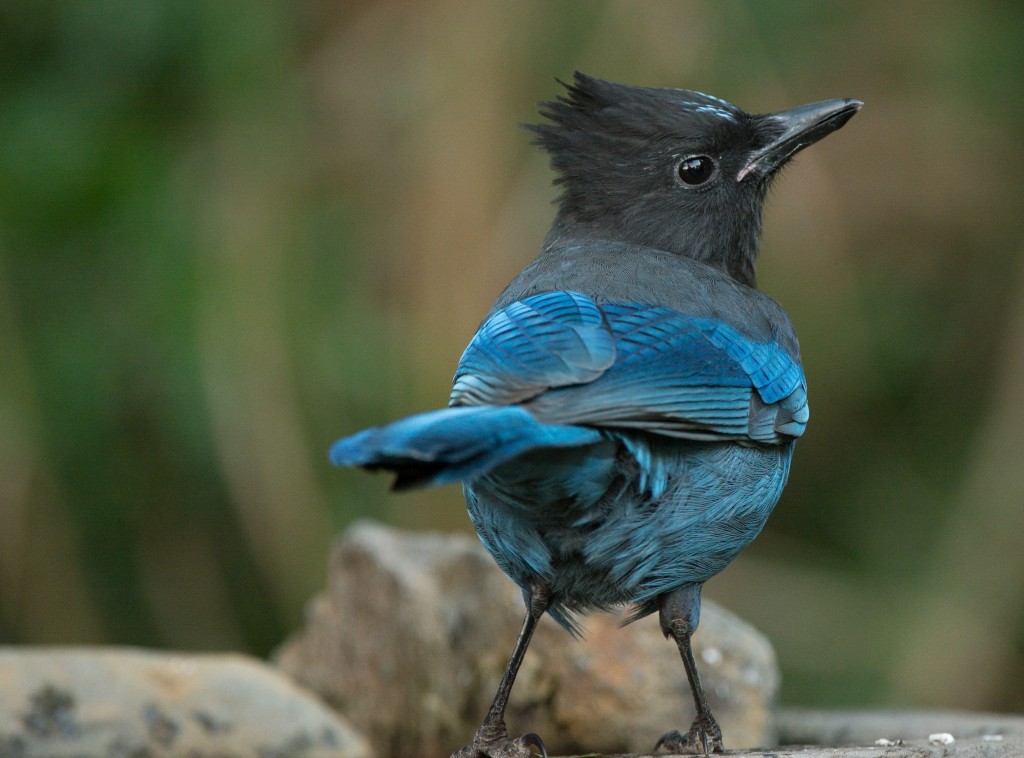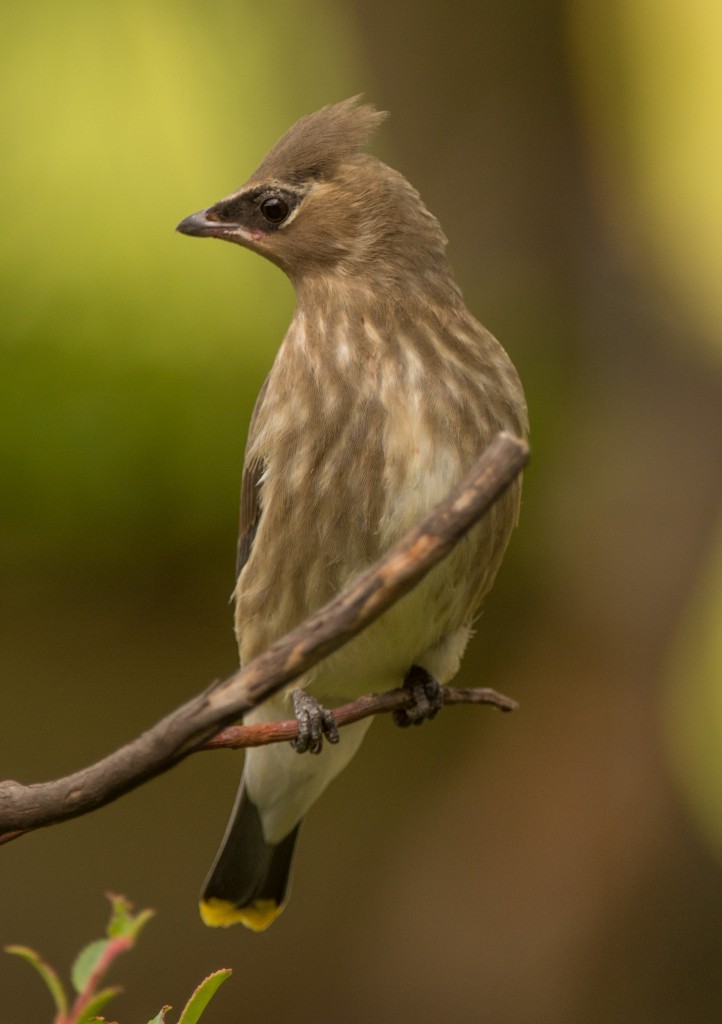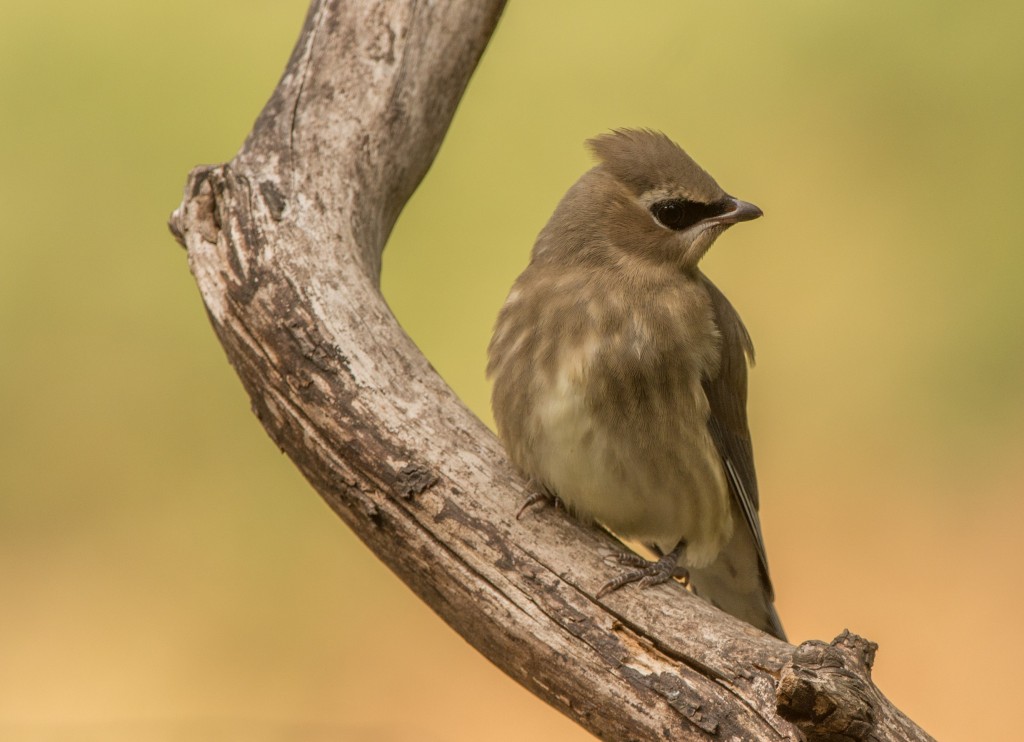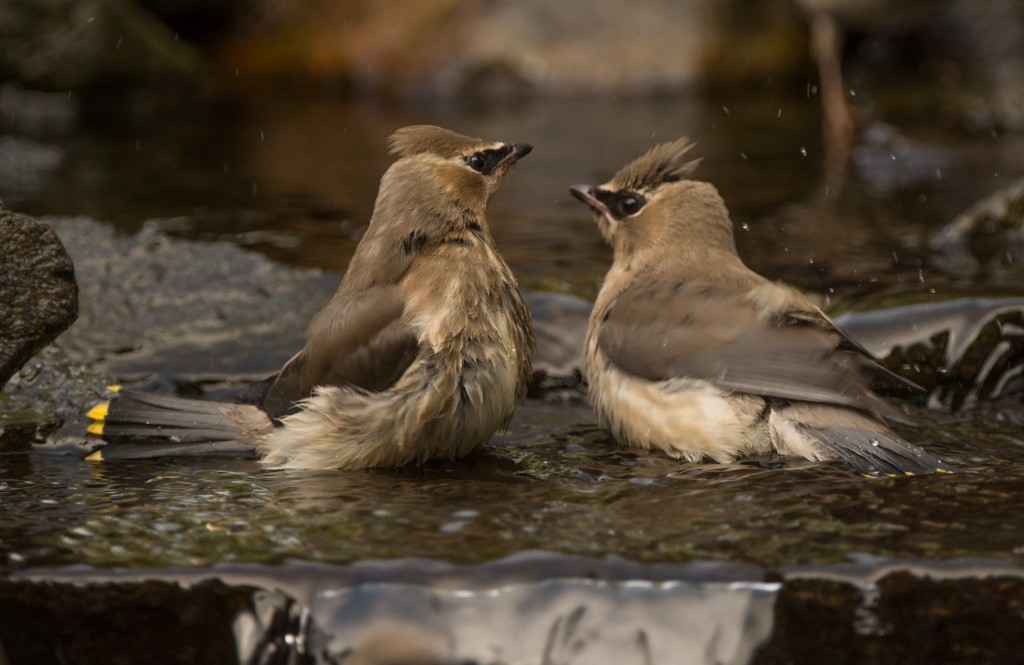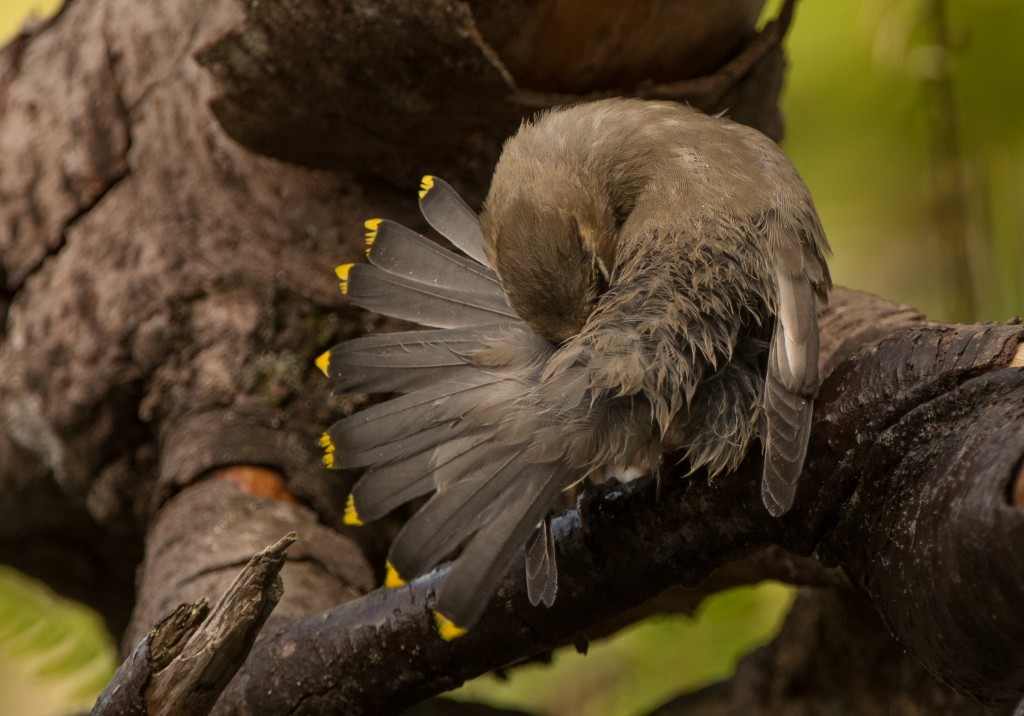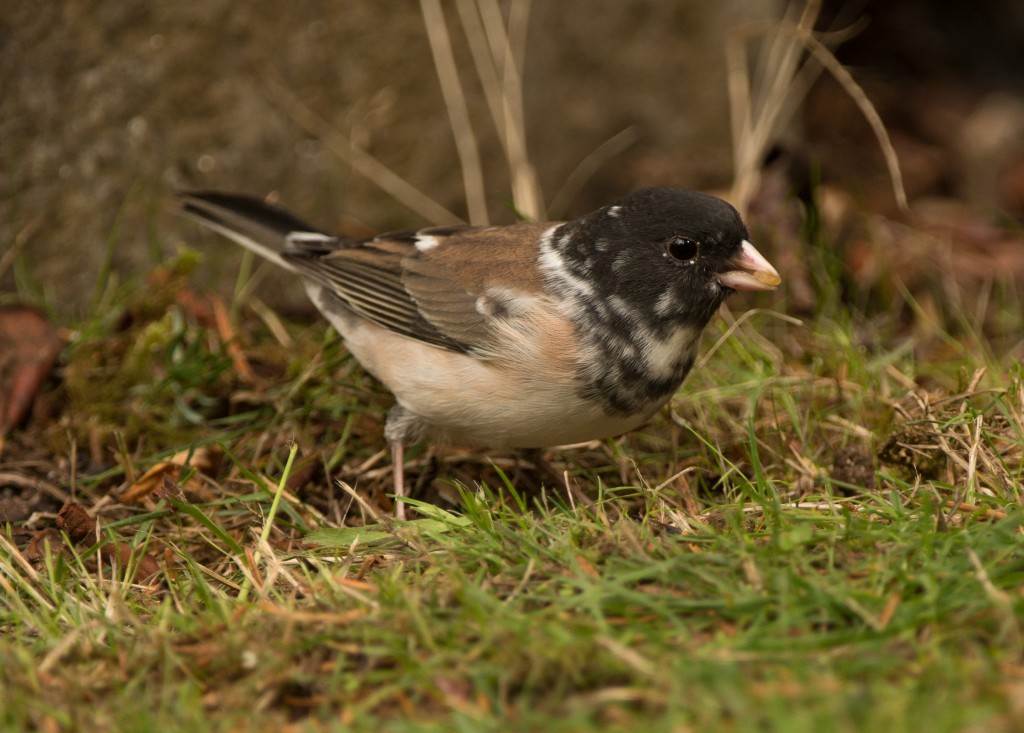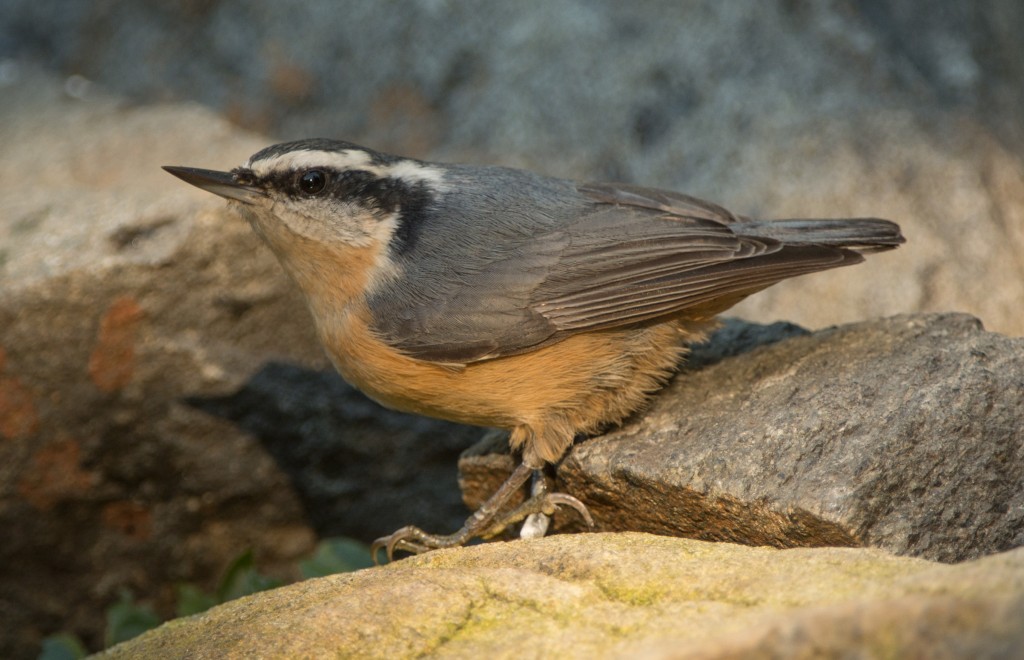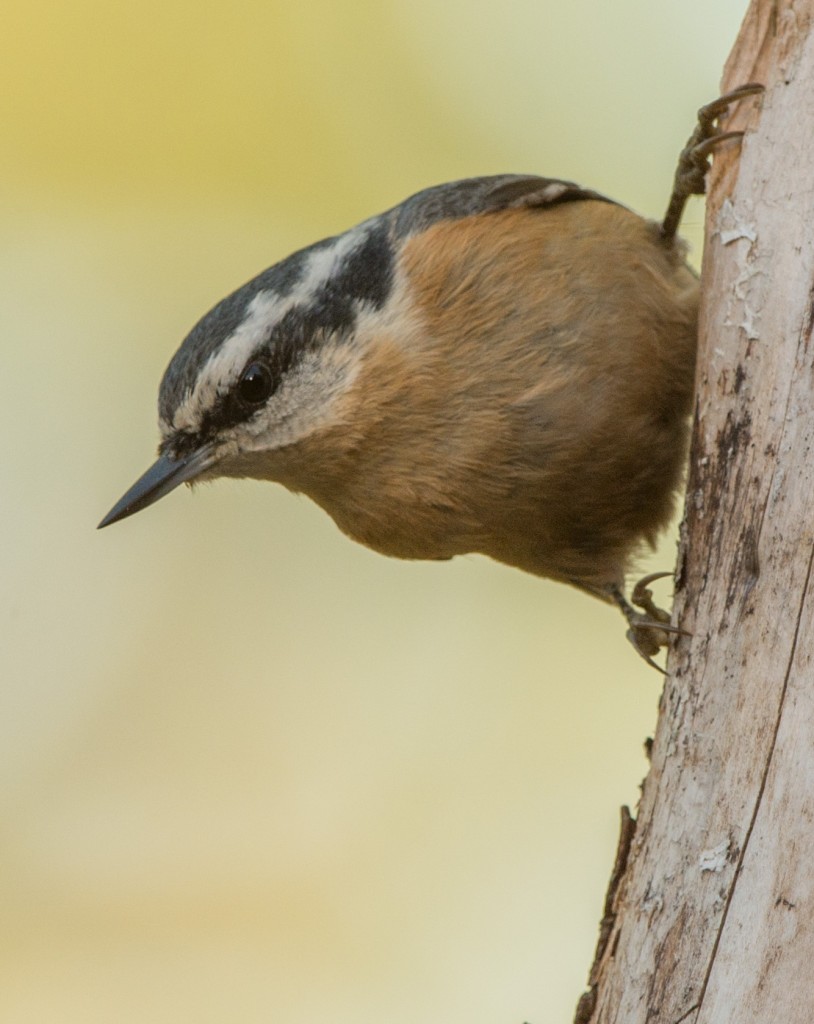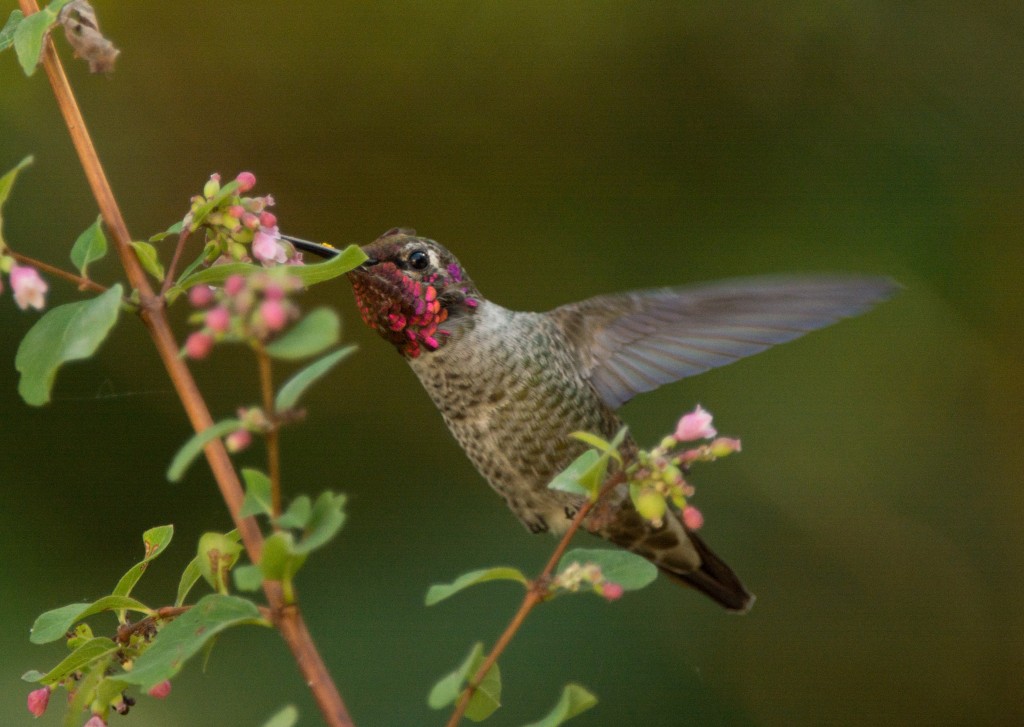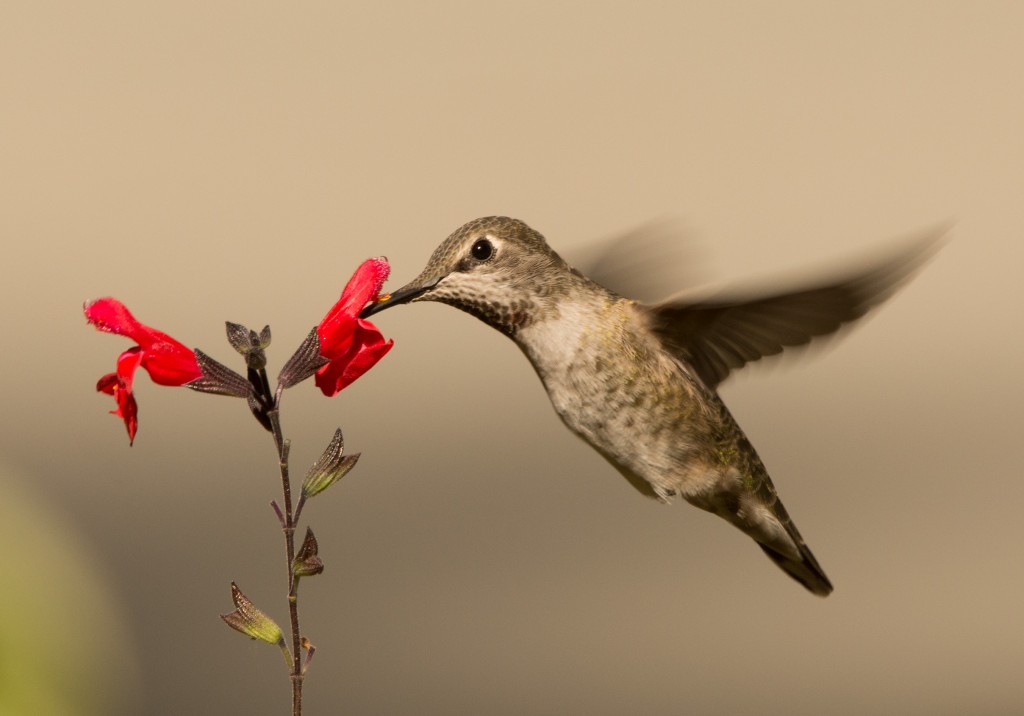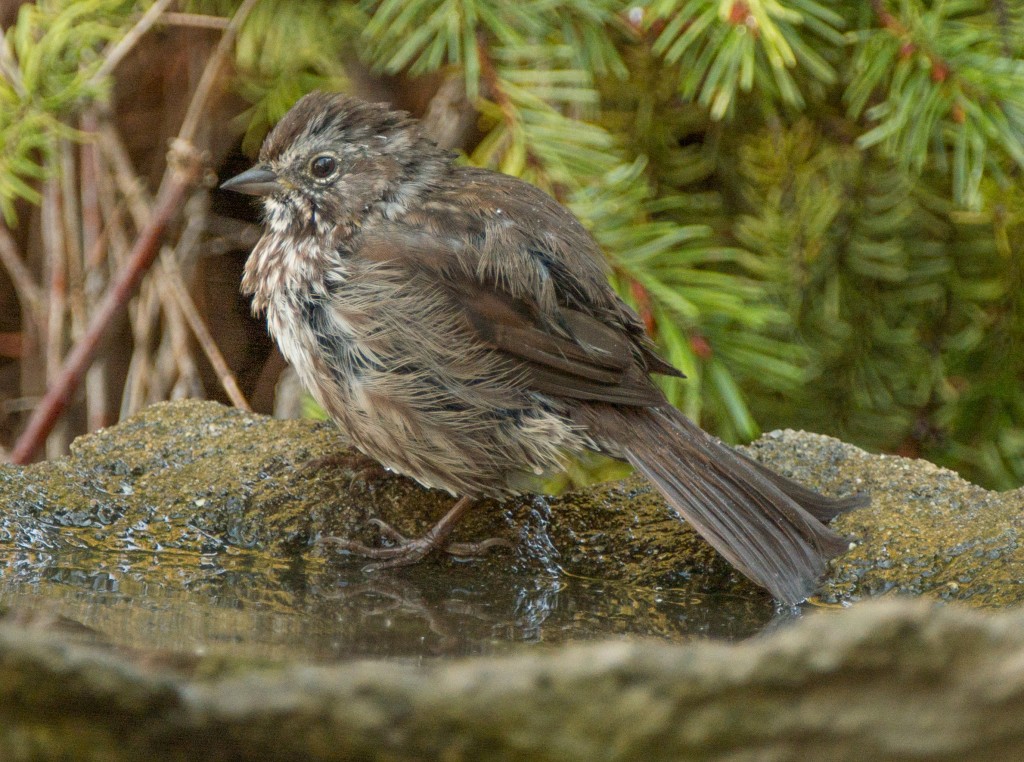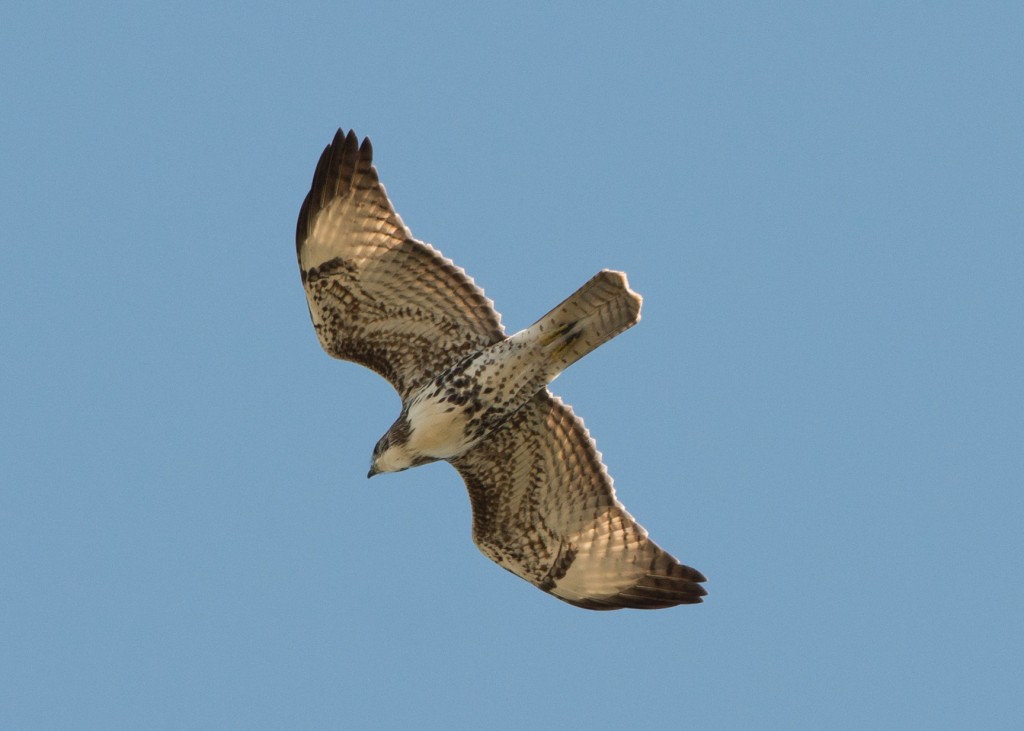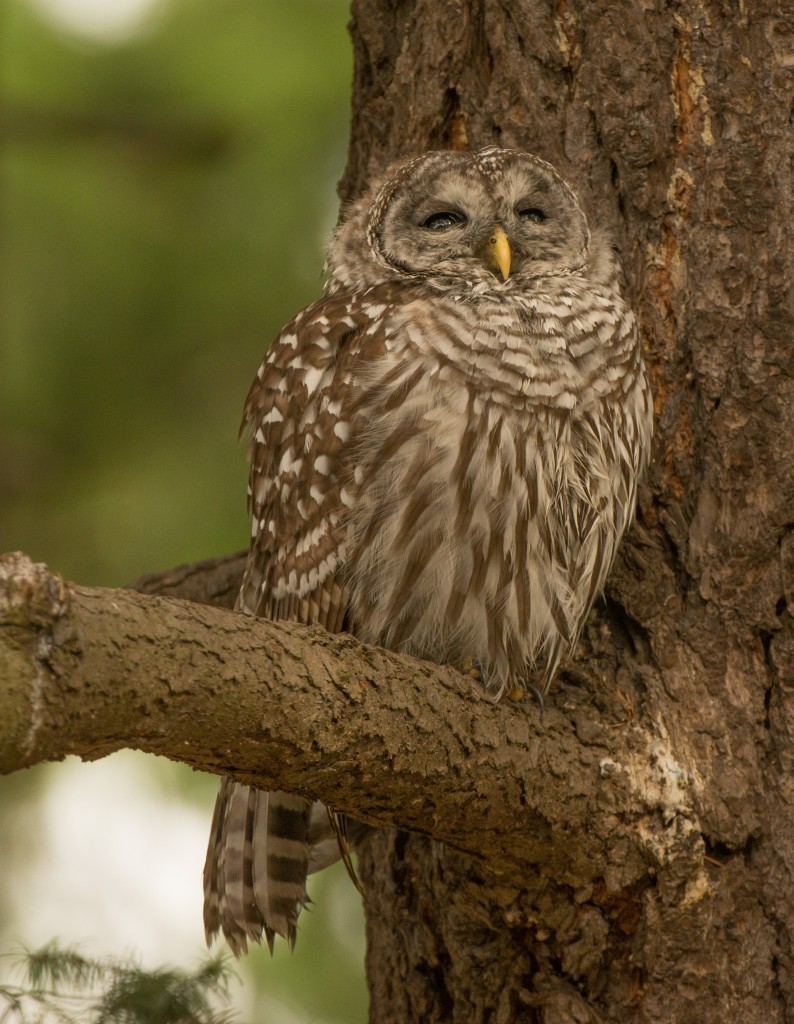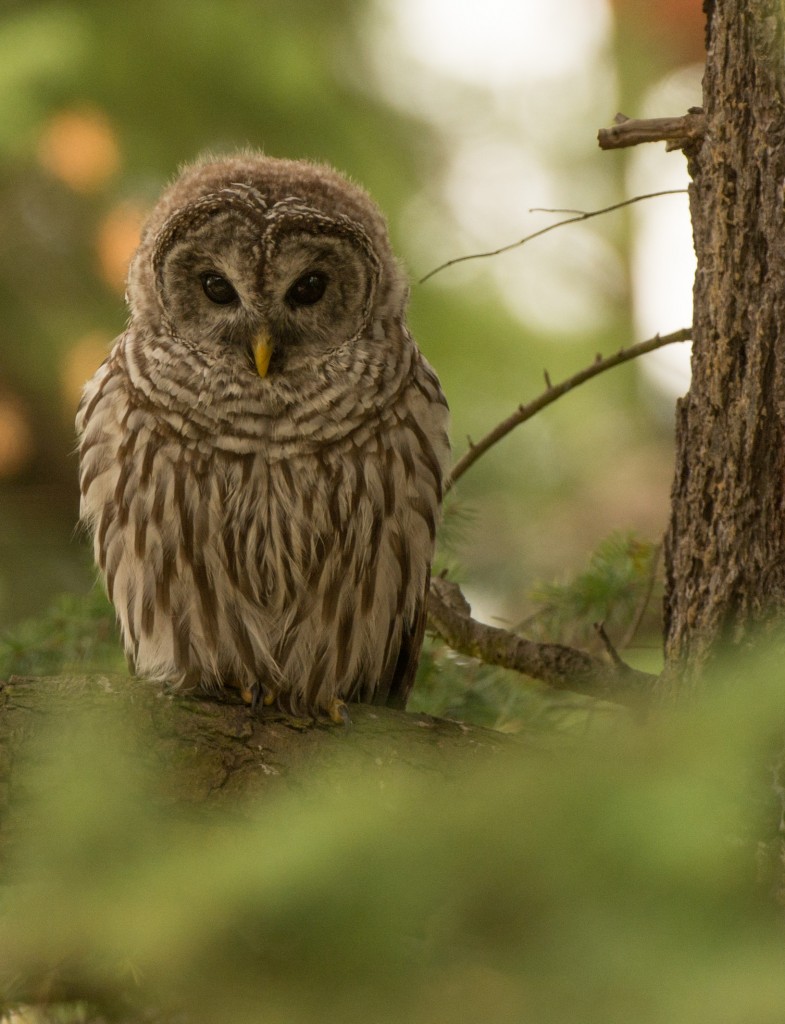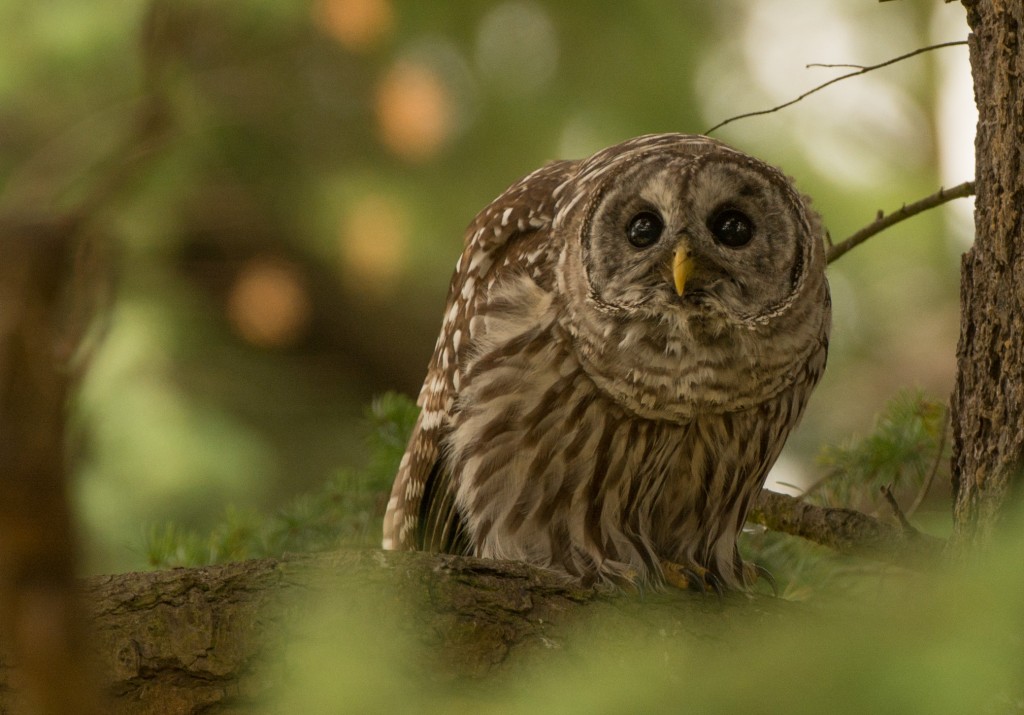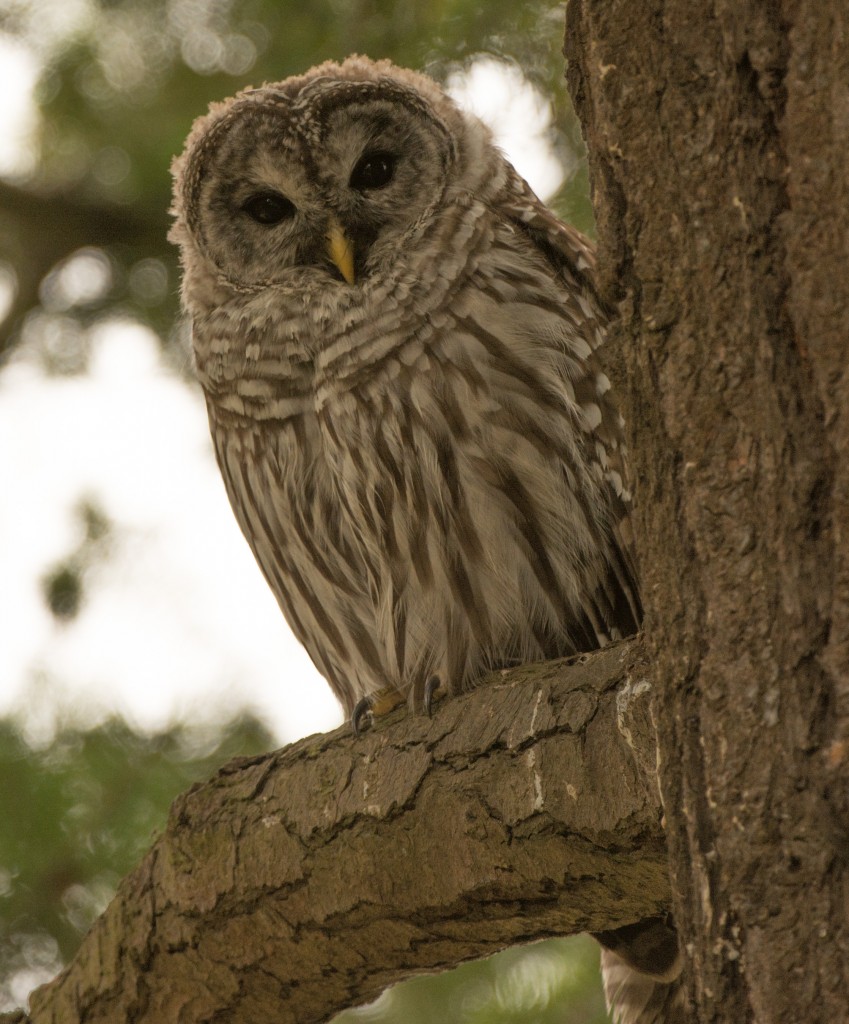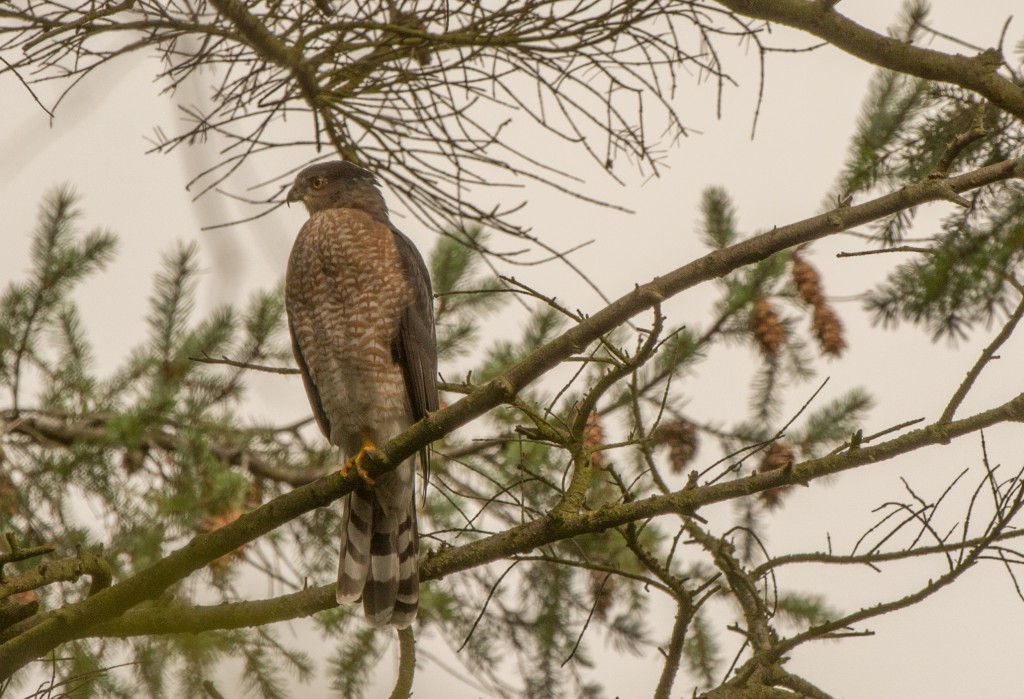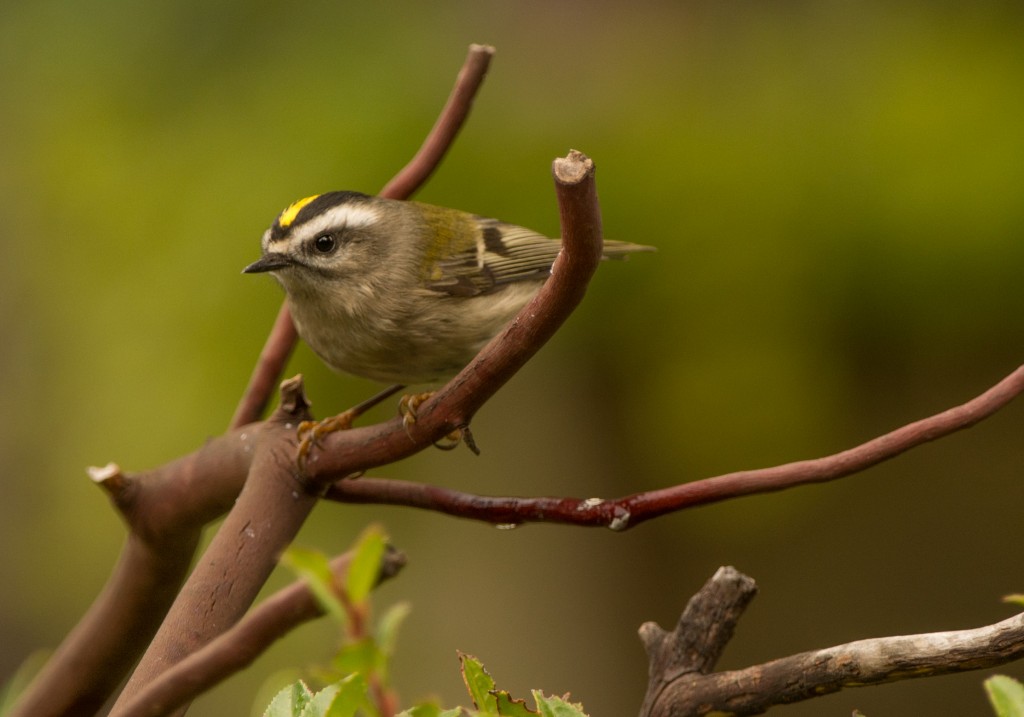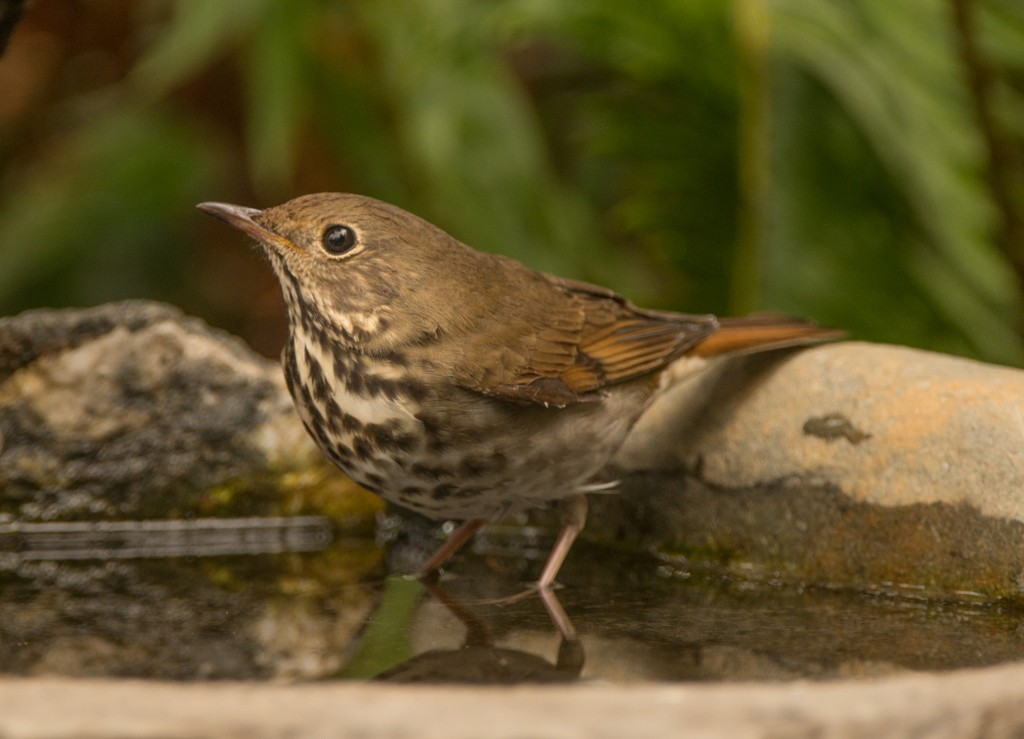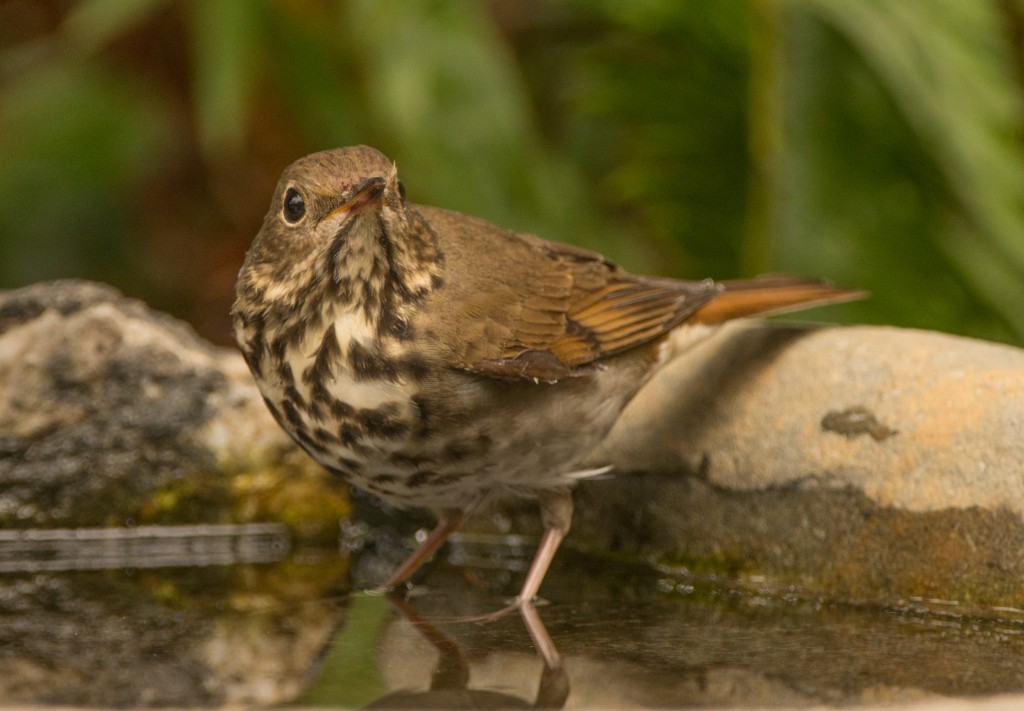On Tuesday, September 23, 2015, I decided to make a little excursion over to March Point to see if I could find any migrating terns to photograph. On the way around the Point I discovered Dunlin feeding along the waterline. When I had been in the same area the previous week there was a group of nine, but a with the exception of a single bird preening the rest had been sleeping.
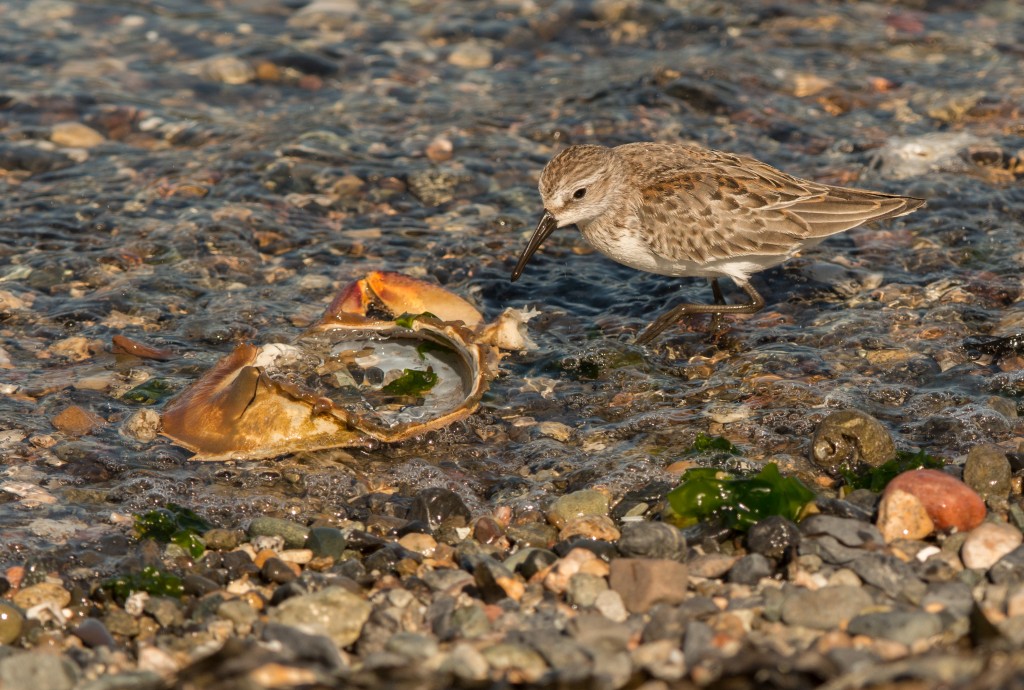
Just off East March Point Road I managed to ‘pish’ a Song sparrow from a blackberry bramble patch. I’ve noted for the past several weeks that nearly all the sparrows I photograph have blackberry juice on their bills!
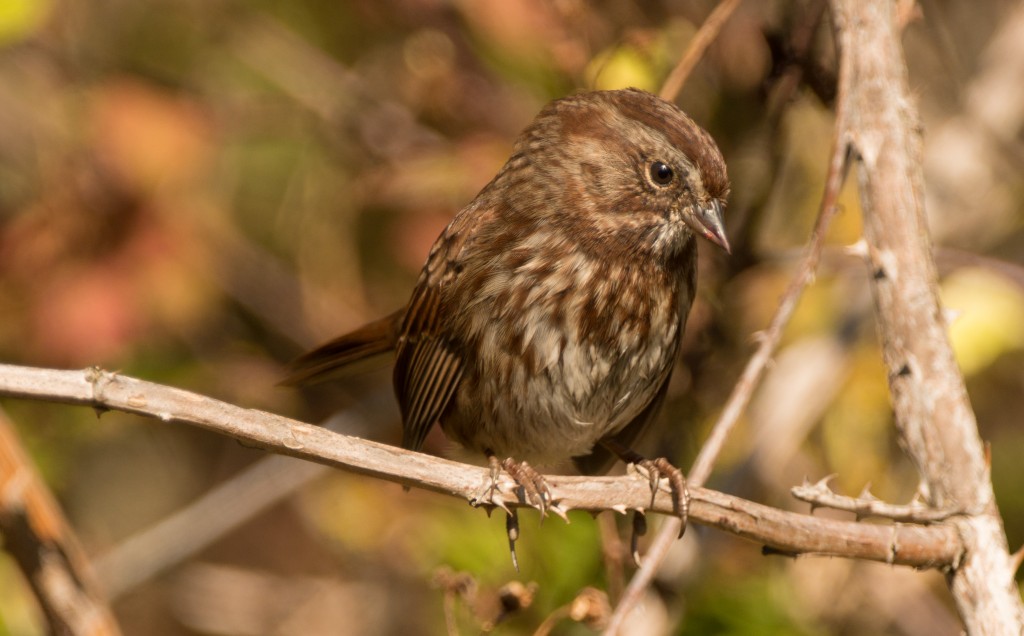
At the southeast end of East March Point Road I found what I had come for… five or six terns flying back and forth looking for fish. I stayed and photographed the birds for 15-20 minutes but never saw a tern dive into the water. I’m a little unsure of what species of terns these are, but I’m leaning towards Caspian.
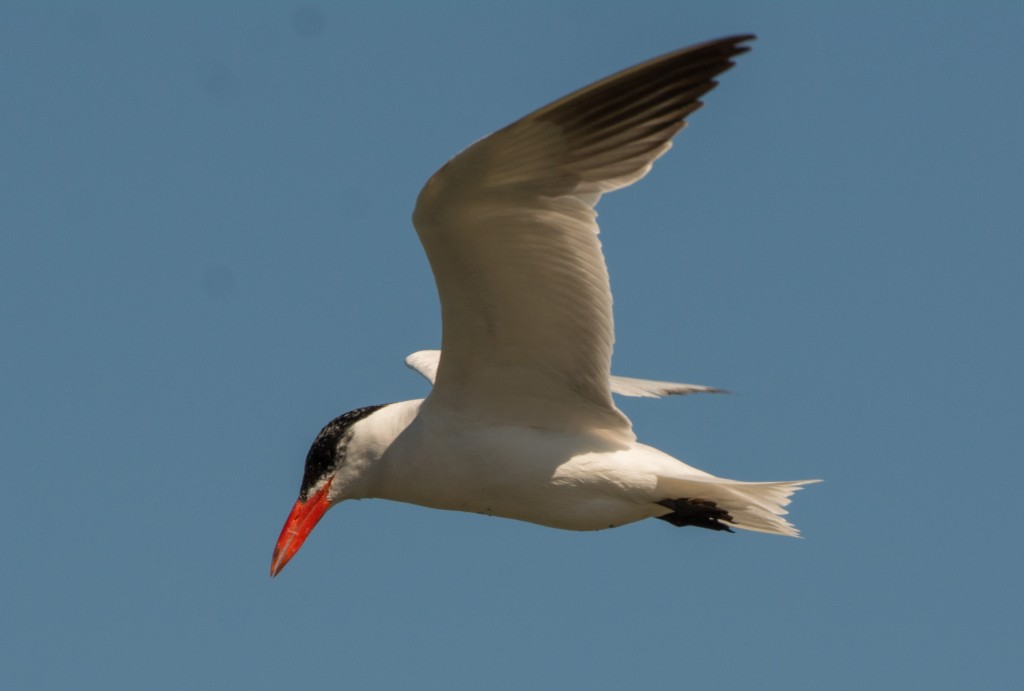
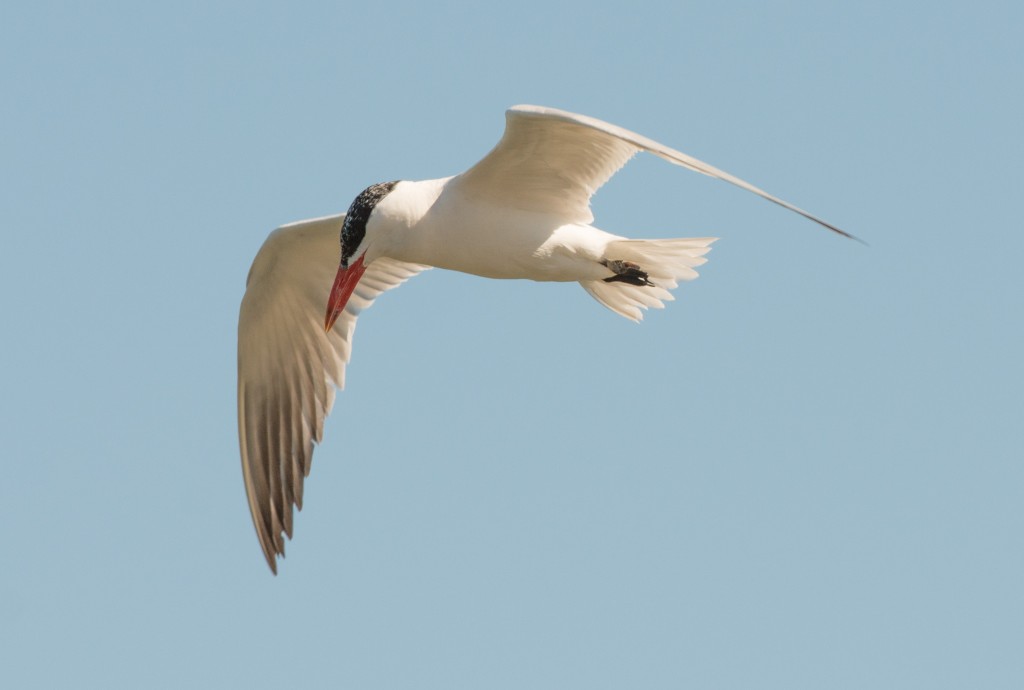
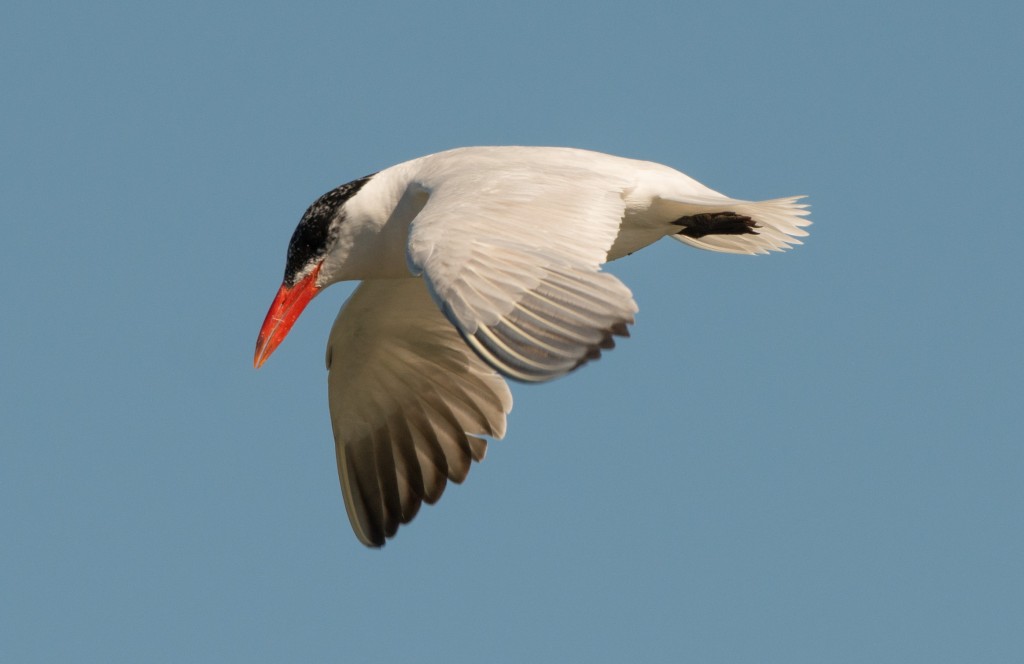
The terns finally moved on and about the same time they did I noticed a group of birds fly to the shore a couple of hundred yards in front of me… at an area where I could use my car as a blind and photograph whatever had flown in. I approached the new area and found that a group of Killdeer had flown in and were feeding along the shore. I managed a few photos before they got nervous and moved away.
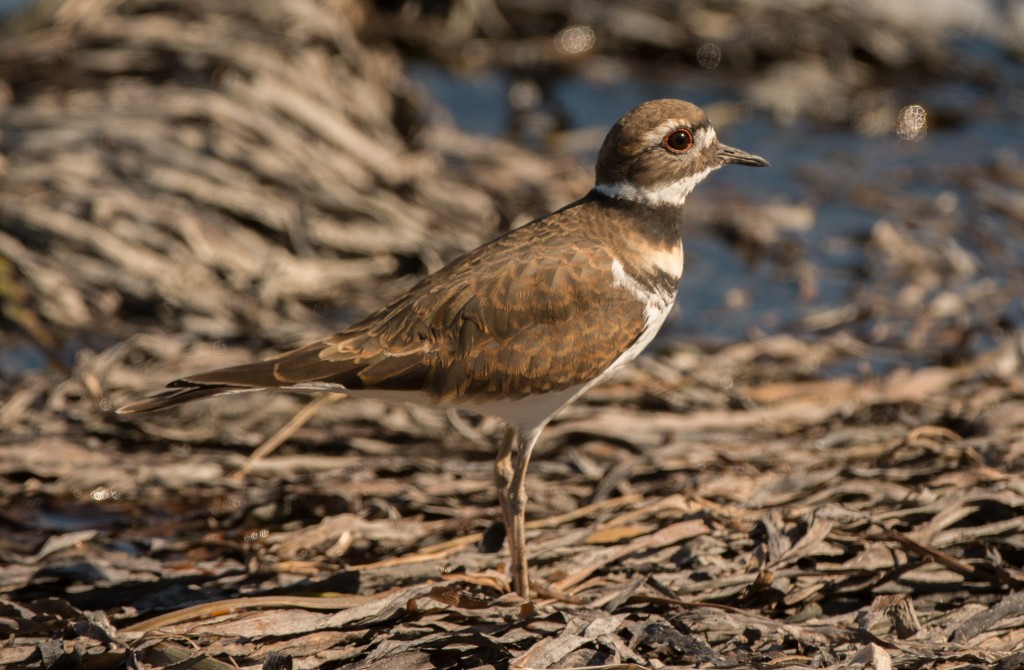
My route then took me off Fidalgo Island and down Channel Drive, but the only birds I could find to photograph there were a couple of Yellow-rumped warblers who were the recipients of too many ‘twig shadows’ for any kind of photographs to keep.
After running some errands in Burlington and Mount Vernon I returned to March Point and photographed the same birds (except for the terns, which had disappeared) on my return route. It had been a successful outing.
When I arrived back home I unloaded my media card from my camera and stepped out the front door to throw a dropped grape in the area where we commonly have a resident chipmunk. What I thought was a robin flew up from our watercourse but something about it caught my attention. It initially had its back to me but soon turned to face me and I saw immediately that it was a male Varied thrush. Within the past week or so I had been hearing an occasional one on my morning walks in Washington Park. We get them in our yard in the winter but this has to be the earliest date we have ever observed one in the yard. I rushed back in for my camera but of course by the time I returned to the yard the thrush was gone.
I decided to wait awhile to see if the bird would return, and it wasn’t too long after that I saw a large, dark bird enter the madrones at the edge of the yard. A minute or so later a Stellar’s jay, some of which we have been seeing for the past two to three weeks, worked its way down to one of the bird baths for a drink. As I’ve said in past blog posts, the birds are rare here on Cap Sante. This one was apparently alone and I’m fairly certain that it was a juvenile, so I’m hoping that the family (which consisted of 6-8 birds) may have dispersed and that this individual might decide to stay in the area.
